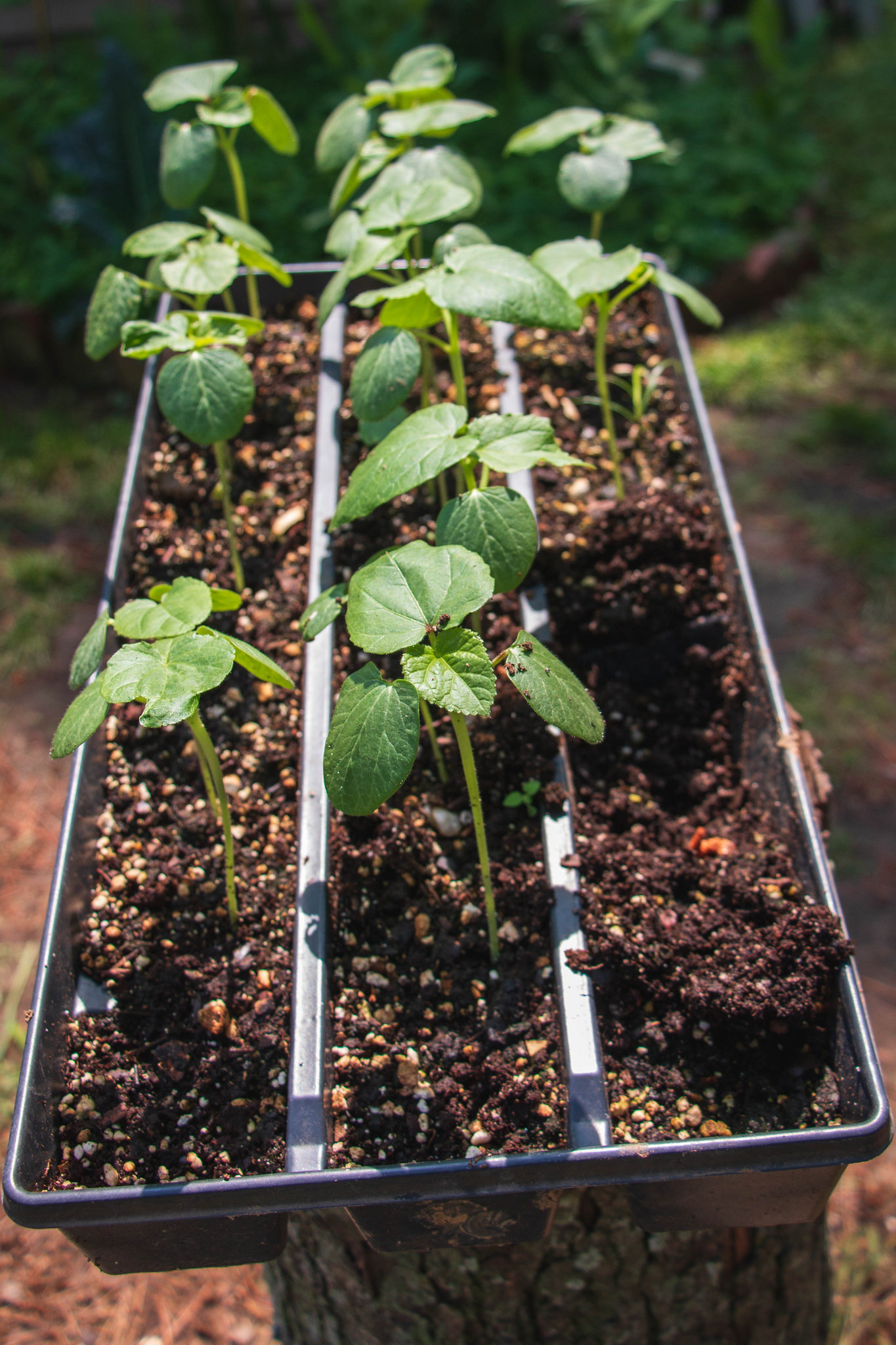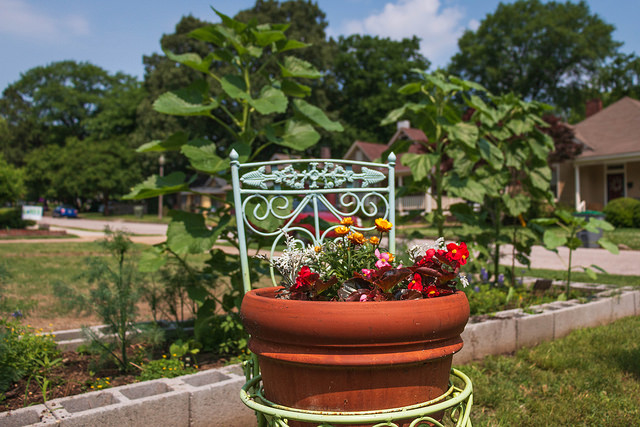All your summer work now yields plenty to enjoy.
Ornamentals
Planting:
- As soon as the weather cools down, you can start replacing summer annuals with pansies and ornamental cabbage and kale for continuing garden interest. An early start helps roots to become established before colder weather sets in. Feed them with an all-purpose 10-2-8.
- Plant day lilies, perennial flower seeds, and wild flower seeds for next year
Pruning + Fertilizing:
- Chrysanthemums – stop feeding when buds show color
- Azaleas & camellias – may need to have acid (aluminum sulfate) added to the soil. The long-continued tends to bring soiL back to a neutral condition.
- Give an application of commercial plant food late this month to aid fall-blooming period of roses.
- Keep faded blooms cut off of all plants to prolong booming.
- It is not too late to divide bearded iris. Remember to plant the rhizomes shallow so that some of the top of the rhizome is exposed to sunlight.
- Crowded perennials can be divided. Some to divide now include iris, phlox, peonies, oriental poppies, rudbeckia, and yarrow.
- Daylilies are more flexible and can wait until spring. Phlox should wait until spring.
- This is not a good time for general pruning of shrubs, especially spring flowering ones such as azaleas and rhododendrons, because they have set their buds for next year’s bloom. Restrict trimming to removing a few stray shoots.
Watering:
- Container-grown flowers can dry out quickly, especially when located in full sun. When watering, apply it long enough so that it runs out of the drainage holes. If the container was dried out, repeat after one or two hours.
- Fungal leaf spot, powdery mildew, and other diseases could be afflicting your perennials and warm-season annuals. Heavily infested plants should be removed. Avoid wetting the leaves when watering.
- Continue to water on weeks with less than one inch of rain.
Vegetables & Herbs

Phil’s seedlings by Kenzie Campbell
- If possible, harvest vegetables in the morning, before the heat of the day. Second best is late evening. And pick regularly for best quality.
- Harvest and dry herbs for winter use.
- Pull out plants that have stopped producing including bush beans, early cucumbers, and summer squash.
-
- Plant the last fall garden vegetables. For hardy crops like cabbage, cauliflower and collards, count back from the average first frost date the number of days the particular variety requires to mature and plant at the appropriate time. [Memphis’ average first frost date is November 5th] For half-hardy crops like beets, lettuce, radishes, spinach, and peas allow an additional week.
- Feed basil with a liquid fertilizer to keep it productive into the fall. Trim off seed heads so the plant will spend the energy on flavor foliage.
- Strawberries are forming next spring’s flower buds now. Remove weeds from the bed and apply ammonium nitrate at 11/2 pounds, or ½ pound of 10-10-10, per 100 ft. of row before the end of September.
- Insects can be a problem with all of the cabbage family crops. A weekly application of B.t. (Bacillus thuringiensis) bacteria spray will prevent cabbageworms. Use insecticidal soap for aphids if needed.
- Up-date your garden journal noting vegetables and herbs that did not live up to expectation and those that exceeded them. Make notes of insect and disease problems.
Lawns
- Soil testing – if you anticipate a significant renovation project this fall, now is the time to initiate a soil test to determine the lime and fertilizer needs. Do it early in the month to allow time to get the results back prior to seeding.
- Apply last fertilization to Bermuda and zoysia grass the first week of September.
- By September 1 have mower blades high enough to allow Bermuda to grow to a height of 1½” – 3” before growth stops in October.
- Fall is the best time to core aerate the lawn. Aerate before fertilizing or reseeding.
- Renovating or over-seeding your lawn – the time to act is now. Grass begins to respond to cooler temperatures about September 15 – October 15
- Over-seed thin or bare areas using a blend of tall fescue cultivars, apply a starter-type fertilizer, keep seedbeds moist with light frequent sprinklings, lightly cover with clean straw to keep in place, retain moisture and ward off birds.
- Apply pre-emergent in September if not reseeding
Other
- Keep after the weeds. Do not let the summer weeds start spreading seeds. Winter weeds like chickweed are already starting to appear.
- Empty and clean bird baths weekly. Not only will it keep the water cleaner, it will prevent mosquitoes from breeding
- Keep filling the hummingbird feeder. Migrating birds will make use of the food supply even into October.
- Purchase but do not plant spring blooming bulbs

